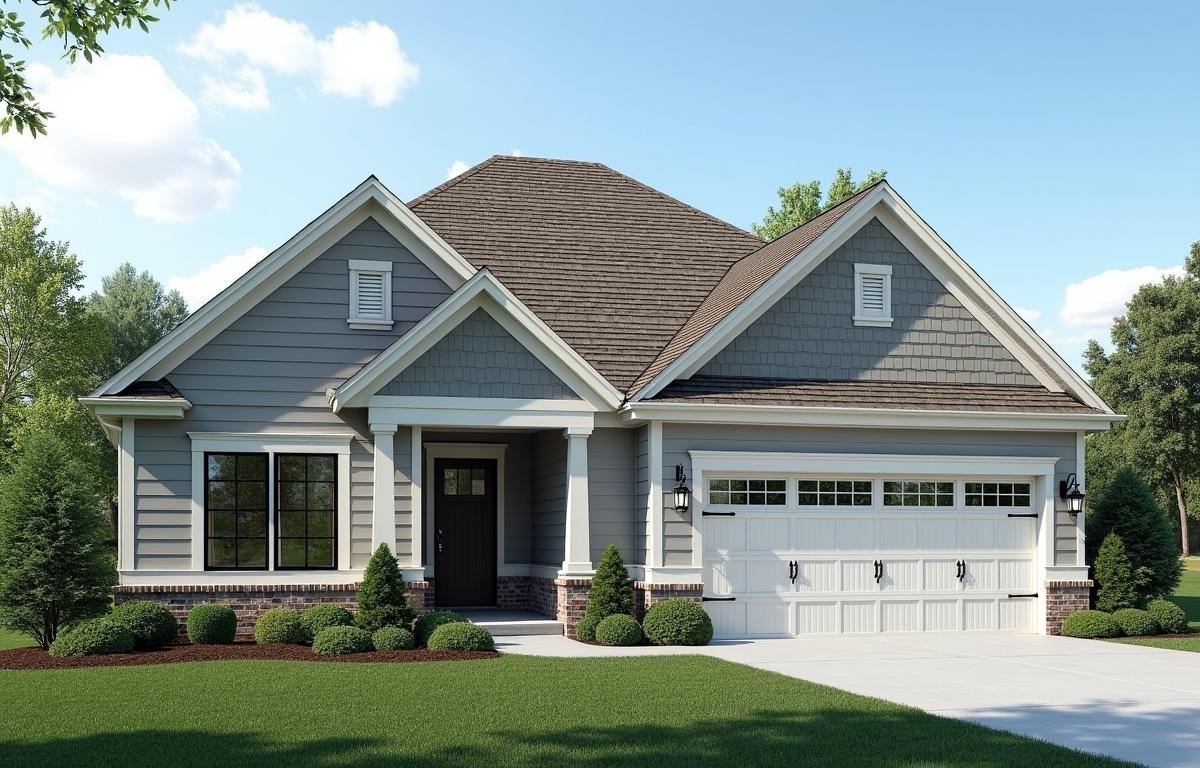Curating a roof that can withstand heavy rainfall is a must for properties located in regions prone to such weather. The roof protects the structural integrity of a building, boosts its longevity, and reduces the need for costly repairs.
Business owners and contractors must pay close attention to the materials, design, and installation techniques used in roofing. Look into drainage, ventilation, and material selection so that roofs can handle excessive moisture without succumbing to water damage. These best practices can help you achieve a durable, effective roofing solution.
Invest in Proper Drainage Solutions
Investing in proper drainage solutions protects your business from the destructive effects of heavy rainfall and flooding. Besides the standard gutters and downspouts, French drains can redirect water away from the property effectively. French drains are useful in areas with high water tables so that groundwater does not accumulate around the foundation.
A sump pump can offer further protection and remove water that collects in low points. In regions known for heavy rains, choose the right pump based on your commercial property’s unique requirements and the viscosity of the fluid. All drainage systems should function optimally and safeguard your business from water damage. Effective drainage practices create a holistic approach to managing rainwater effectively.
Select Appropriate Roofing Materials
High-quality materials like metal, slate, or asphalt shingles are suitable as they repel water, resisting deterioration caused by moisture. Metal roofs have a lifespan of up to 50 years, a wise investment for long-term protection.
Another good option is thick, architectural asphalt shingles, which can withstand heavy rain and wind. Opt for materials with a higher wind rating and provide added security against weather events that frequently accompany heavy rain.
Look into specialized coatings that improve water resistance and longevity. Be mindful of inspections and maintenance so that these materials function as intended and provide reliable protection against the elements.
Design for Effective Drainage
Roof pitch simplifies water runoff. A steeper pitch encourages water to flow away quickly and lowers the risk of pooling and flooding. Gutters and downspouts must be designed appropriately to handle significant rain volumes. Professional installation can guarantee that these fixtures function correctly and are placed at the right angles.
Regular gutter maintenance avoids blockages from leaves and debris, which can lead to water backup and potential damage to the roofing structure. Drainage leads to roof performance, minimizing the risks of leaks. Consider using innovative drainage solutions that can replace traditional downspouts and provide a unique aesthetic.
Proper Installation Practices
Correct installation methods and select high-quality materials. When engaging experienced professionals, the roofing system will be fitted correctly and reducing vulnerabilities. Roof installation involves numerous steps: the underlayment application, flashing installation, and sealing.
Each of these elements possesses a critical role in weatherproofing the roof. Installing a solid underlayment can prevent moisture invasion and add an extra layer of durability. Flashing must be installed around chimneys, vents, and other protrusions to avoid leaks. Thoroughly research and hire certified contractors who adhere to industry standards. The quality of installation dictates roof performance in challenging weather conditions.
Incorporate Ventilation Systems
Inadequate ventilation is the primary cause of condensation, mold, and rot, which compromise the structure of the roof and other components. A well-ventilated roof space allows moisture to escape and reduces heat and humidity levels. Installing ridge vents or gable-end vents can promote airflow and maintain stable temperatures throughout the year.
Attics should have exhaust vents that work in synergy with intake vents to create efficient airflow. This balance prevents moisture buildup, effectively extending the roof’s lifespan. Regularly monitor the ventilation system so it functions correctly for quick adjustments when needed. Always consult with professionals who can assess ventilation requirements specific to the property.
Regular Maintenance and Inspections
Conducting regular maintenance and inspections catches potential problems early on, saving money and resources in the long run. Routine checks can identify worn materials, missing shingles, and potential blockages in gutters and downspouts. Ideally, inspections should be conducted at least twice a year or following severe weather events.
Business owners can consider employing a dedicated maintenance service to manage these checks adequately. Professionals can spot roofing issues before they escalate and address minor repairs as soon as they happen. Regular maintenance prolongs the lifespan of the roof so that the property insurance coverage remains intact. Be proactive about inspections, and you can avoid extensive repairs that could arise from neglected maintenance.
Weather challenges require that you observe best practices in roofing. With appropriate materials, quality installations, ventilation, and drainage solutions, you boost your roof’s resilience against heavy rainfall. Regular maintenance and proactive inspections can preserve your investment. Adopting these strategies can result in a safer living environment and minimize the risk of costly repairs.
